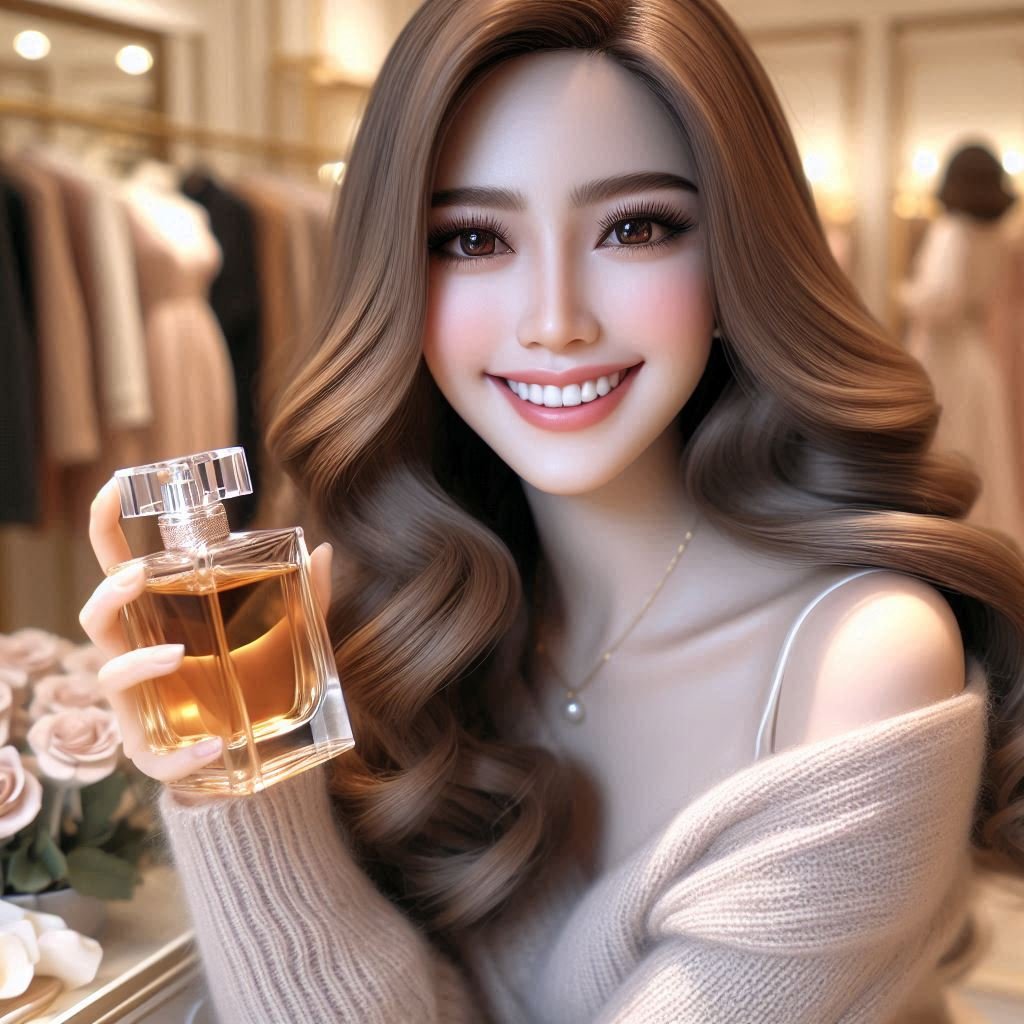
The Evolution of Perfume Making
Perfume has been a part of human civilization for millennia, with its origins tracing back to ancient Egypt and Mesopotamia around the 2nd millennium BC. Initially, perfumes were made from spices such as almonds, coriander, and bergamot, without the use of floral essences. It wasn’t until a Persian doctor and chemist discovered the potential of flowers in perfumery that the use of floral scents, particularly rose water, became widespread and beloved.
The Transition to Modern Perfumery
As the industry evolved, so did the methods of perfume production. The once mystical craft transformed into a more systematic process, though it still requires a high level of expertise. Today’s commercial manufacturers guard their fragrance formulas zealously, often keeping the blend of ingredients a closely held secret. Perfumes are now derived from a combination of natural sources, including plant resins, seeds, leaves, fruits, and flowers, as well as animal-derived substances like civet and musk.
The Rise of Synthetic Aromas
In recent times, the use of synthetic chemicals created in laboratories has become prevalent in the perfume industry. These man-made scents have gained popularity among consumers for their consistency and versatility. According to a report by Grand View Research, the global synthetic fragrance market size was valued at USD 16.0 billion in 2020 and is expected to grow, highlighting the significant role synthetics play in modern perfumery.
Crafting the Scent
The process of making perfume begins with understanding the composition of perfume oils, which are categorized into four roles: fixatives, modifiers, blenders, and primary scents. These components are meticulously blended and then mixed with ethyl alcohol and water, requiring at least two weeks of maturation before any sediments are filtered out. The resulting fragrance oil is complex, making it challenging to identify individual ingredients. However, experts can sometimes deconstruct a perfume using reverse engineering, although this is more effective with less complex scents.
The Unseen Labor Behind Perfume Bottles
The perfume bottle you hold is the culmination of extensive labor and artistry. It’s not just a container but a statement of the fragrance’s identity. The design of a perfume bottle can influence consumer perception and even the overall experience of the scent. A study published in the journal “Flavour” found that the color and shape of a perfume bottle can affect how the scent is perceived, indicating the importance of bottle design in the overall appeal of a fragrance.
Ongoing Innovation in Perfumery
Research and innovation in the perfume industry are relentless, with experts constantly experimenting with new methods of scent creation. The goal is to make each bottle and fragrance stand out, maintaining an air of mystery that has long been associated with the world of perfumery.
In conclusion, the perfume bottle you treasure is a testament to the dedication and creativity that goes into every drop of fragrance. It’s a crafted piece of art that deserves to be cherished and used with the utmost appreciation for the meticulous care invested in its creation.




